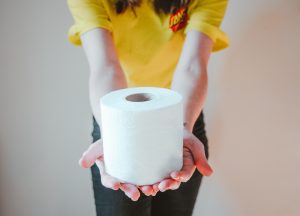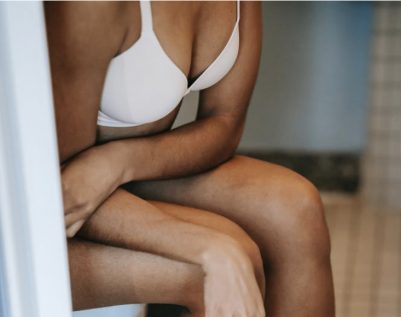Why you shouldn’t go to the toilet “just in case”:
“Just in case” trips to the toilet can train the bladder to go to the toilet when it isn’t ready. By setting up these toileting habits, it can predispose you to having an overactive bladder (OAB).
What is an OAB?
An overactive bladder causes frequent and sudden urges to urinate that may be difficult to control. Overactivity in the bladder causes the sensation and urge to pass urine many times during the day and night. An overactive bladder may also result in unintentional loss of urine.
If you routinely go to the bathroom prior to your bladder filling properly, it starts to signal the need to go when there is less volume present. This causes a vicious voiding cycle. The higher the urge the more the bladder will spasm and contract.
Overactive bladder symptoms:
- Urgency (the feeling of being desperate to pass urine).
- Frequency (going to the toilet too often and only passing small amounts).
- Urge incontinence (when the urge to pass urine is so strong it results in bladder leakage).
- Nocturia (being woken up by the need to go to the toilet more than twice during the night).

There are many management strategies to help manage symptoms of an overactive bladder. Dietary changes, timed voiding and bladder holding techniques using one’s pelvic floor can help to manage an overactive bladder. Bladder training aims to help increase your bladder fill volume and gives you deferral strategies to help defer the urge to go. This will help to make you less sensitive to any triggers that you might have.
Tricks to control the urge:
Deferment strategies that can be used to help ride the urgency wave include:
- Pelvic floor contractions.
- Curling toes, marching on the spot.
- Crossing legs.
- Counting back from 100 in 7s.
Deferment strategies can be used to control and help suppress the urge until your bladder can continue to fill.

Normal adult bladder function:
- Bladder capacity: approximately 500mls- 800mls.
- Average voiding frequency: 250-400mls per void.
- Average frequency 4-7 toilet trips per day.
- Colour: pale straw coloured.
If this sounds similar to what you are experiencing, there are many more management strategies that can be implemented to help manage an overactive bladder. Don’t let your bladder control you.
~ Alex Walker
Physiotherapist
* Alex is due to complete her Graduate Certificate in Pelvic Floor Physiotherapy from the University of Melbourne at the end of the year.
Continence Foundation of Australia: https://www.continence.org.au
You might enjoy these other related PMPP blogs:
- https://portmelbournephysio.com.au/the-knack-improving-your-pelvic-floor/
- https://portmelbournephysio.com.au/pelvic-pain/
- https://portmelbournephysio.com.au/good-toileting-habits-more-than-just-washing-your-hands/
- https://portmelbournephysio.com.au/pelvic-floor-muscles/
- https://portmelbournephysio.com.au/womens-and-mens-health/

